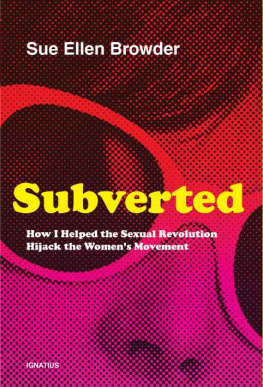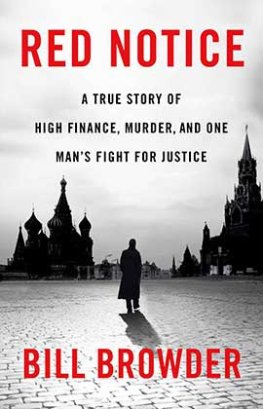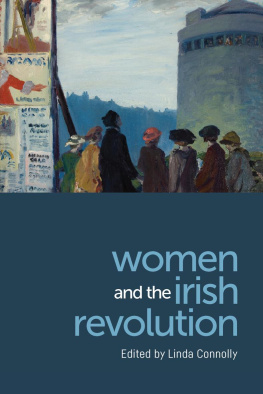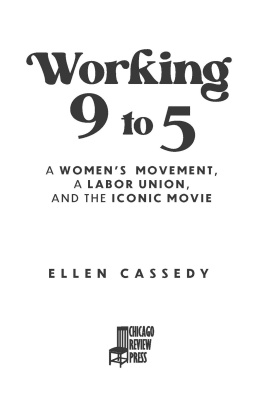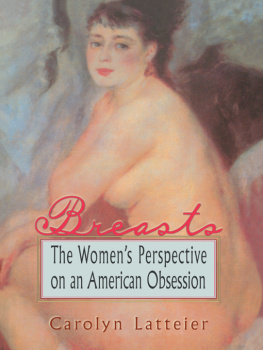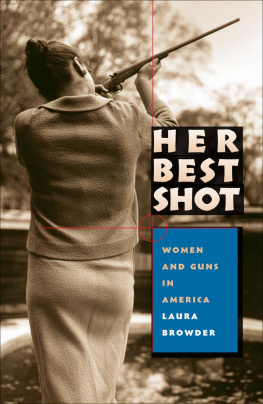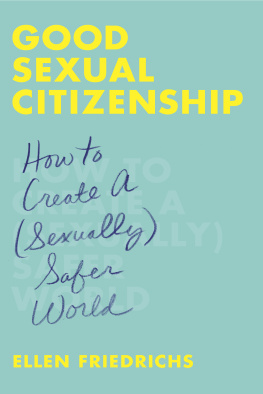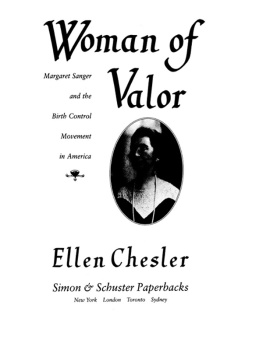Sue Ellen Browder - Subverted : how I helped the sexual revolution hijack the womens movement
Here you can read online Sue Ellen Browder - Subverted : how I helped the sexual revolution hijack the womens movement full text of the book (entire story) in english for free. Download pdf and epub, get meaning, cover and reviews about this ebook. year: 2015, publisher: Ignatius Press, genre: Non-fiction. Description of the work, (preface) as well as reviews are available. Best literature library LitArk.com created for fans of good reading and offers a wide selection of genres:
Romance novel
Science fiction
Adventure
Detective
Science
History
Home and family
Prose
Art
Politics
Computer
Non-fiction
Religion
Business
Children
Humor
Choose a favorite category and find really read worthwhile books. Enjoy immersion in the world of imagination, feel the emotions of the characters or learn something new for yourself, make an fascinating discovery.
- Book:Subverted : how I helped the sexual revolution hijack the womens movement
- Author:
- Publisher:Ignatius Press
- Genre:
- Year:2015
- Rating:3 / 5
- Favourites:Add to favourites
- Your mark:
- 60
- 1
- 2
- 3
- 4
- 5
Subverted : how I helped the sexual revolution hijack the womens movement: summary, description and annotation
We offer to read an annotation, description, summary or preface (depends on what the author of the book "Subverted : how I helped the sexual revolution hijack the womens movement" wrote himself). If you haven't found the necessary information about the book — write in the comments, we will try to find it.
Sue Ellen Browder: author's other books
Who wrote Subverted : how I helped the sexual revolution hijack the womens movement? Find out the surname, the name of the author of the book and a list of all author's works by series.
Subverted : how I helped the sexual revolution hijack the womens movement — read online for free the complete book (whole text) full work
Below is the text of the book, divided by pages. System saving the place of the last page read, allows you to conveniently read the book "Subverted : how I helped the sexual revolution hijack the womens movement" online for free, without having to search again every time where you left off. Put a bookmark, and you can go to the page where you finished reading at any time.
Font size:
Interval:
Bookmark:
SUBVERTED
Sue Ellen Browder
How I Helped the Sexual Revolution
Hijack the Womens Movement
IGNATIUS PRESS SAN FRANCISCO
Cover image from iStockPhoto.com
Cover design by John Herreid
2015 by Ignatius Press, San Francisco
All rights reserved
ISBN 978-1-58617-796-6 (HB)
ISBN 978-1-68149-665-8 (E)
Library of Congress Control Number 2014959912
Printed in the United States of America
The Inside Witness
As journalists, our job is to help reshape the way one group of people thinks about another. We must dig deeper than stereotypes.... Sometimes we do that through immersion journalism. Sometimes we have to do it by writing about ourselves .DeNeen L. Brown,feature writer for the Washington Post ,
from the book Telling True Stories
I can give you no justification for what I did in my former life. I will only say this in my weak defense: I was a young woman searching for truth, freedom, and meaning in the world, but I had no clue where to find them. I grew up as a small- town Iowa girl and passionately desired to escape from the prison of small-mindedness I perceived around me. My dad owned a small family shoe store, where my stay-at-home mom worked part-time. I was baptized at age nine, and we went to church every Sunday. Once a year or so, parishioners at my little white Congregational Church passed around tiny thimble-sized glasses of grape juice for what was called communion. I didnt know what that was, and nobody told me. If New Hampton (population 3,456) had its virtues, and Im sure it did, I couldnt see them. Something or Someone bigger was calling to my heart, but I had no idea who or what it might be.
On the magazine stands at our local Rexall Drug were promises of freedom, true love, and adventure. All the models in the glossy womens magazines were alluringly beautiful. All the bigtime authors whose bylines glittered from those magazine pages spent their days (or so I imagined) basking on the Riviera, sipping champagne, and signing autographs. Surely, those writers had everything the big, wide world could possibly offer, everything my little Podunk town lacked.
And thus it was that after graduating from the University of Missouri School of Journalism, I found myself one day in New York City in the Argonaut Building at 224 West 57th Street on the eighth floor in a small office, seated across a large wooden desk from Roberta (Bobbie) Ashley, articles editor of Cosmopolitan magazine. In the late 1960s and early 1970s, Cosmopolitan was the undisputed reigning queen of womens magazinesthe hottest womens magazine in the nation.
Id previously been offered a job on a little upstart journal called On the Sound , a magazine about life on Long Island Sound being launched by a handful of editors whod lost their jobs when Life magazines international edition folded. Life was a major journalistic enterprise: Life editors did what reporters considered real journalism. But, no, it was fluff-headed, man-crazy Cosmopolitan I longed to work for. Cosmo insiders seemed to know things I didnt know, secrets that made them successful in the world. My mind burned to know what they knew. For a small-town Iowa girl, Cosmo s big-time glamour, success, and prestige were intoxicating.
The articles-department office of Cosmopolitan was small and cramped, with disorderly piles of manuscripts tossed helter-skelter everywhere. A scent of expensive floral perfume lingered in the air, as if Sophia Loren had left just seconds before I arrived.
Cosmo s articles editor appeared to be in her midthirties. She had big teeth, wore little makeup, and had her nondescript light-brown hair caught up in an unstylish ponytail. She seemed determined to impress upon me that Cosmopolitans editor-in-chief Helen Gurley Brown in person was not at all like the feather-brained sexpot Id seen batting her custom-cut false eyelashes on Johnny Carsons Tonight Show . Helen was a shrewd businesswoman and a demanding boss who sometimes worked at the office until midnight.
Why do you want this job? Bobbie asked, peering keenly at me over her highly disorganized desk.
Because I want to be sitting one day where you are, I replied. I want to be you.
It was a cheeky answer, but Bobbie liked it. Out of eighteen applicants, I won the job. The position paid only $105 a week. But the pitifully low pay, even for those days, mattered not a twit to me. In my mind, the jobassistant to the articles editor of Cosmopolitan! was a small-town girls dream come true.
Only later would I realize how dark the dream had become. Eventually, it would lead to a cacophony of mixed, confused messages in our culture about women, work, sex, marriage, and relationshipserrors that have divided our nation and continue to haunt us to this day. It would lead me to make disastrous decisions.
But when I began my journalism career in New York City in 1970, it seemed like magic.
This book was written partly in answer to requests that I tell my story about how it was in the early days of the sexual revolution when I began working at Cosmo . Eyewitness history, flawed as it may be, is frequently more useful and accurate than attempts to reconstruct history through secondary sources once all those who witnessed the events are long dead.
From 1970 on, I was right there in the heart of the sexual revolution in New York City, working first on staff at Cosmopolitan and for the next twenty-four years as a freelance writer for the magazine, where I told lie upon lie to sell the casual-sex lifestyle to millions of single, working women. I was not one of the mighty at Cosmo . I was not even one of Helen Gurley Browns favorite writers. I was just one of the ordinary foot soldiers.
Sitting daily at my little navy-blue desk in Cosmo s articles department, I witnessed what seemed to me then to be a small, insignificant fact but which now, in hindsight, has assumed monumental importance. My small observation was this: In the beginning, the womens movement and the sexual revolution were distinctly separate cultural phenomena.
Helen Gurley Brown, author of Sex and the Single Girl , taught that a single girl in the big city could climb the corporate ladder and have lots of orgasms along the way by working hard and granting sexual favors to married and unmarried menas long as she didnt have children. Feminist Betty Friedan, whose goal was to achieve equal opportunity for women in education and the workplace, understandably called Cosmo quite obscene and quite horrible.
So how did the womens movement (which purportedly fought for women to be free to express their full personhood) and the sexual revolution (which reduced women to ambitious sex objects) become so intertwined in the popular mind that many young women today sincerely believe that to be liberated is to go to college, pursue a career, and be as sexually active as possible with no strings attached? How did these two separate revolutions get blended into one in a way that has led to so much pain for women and so much division within the churches and our society?
The short answer, the part I didnt know during those sexual-revolution heydays when I was working at Cosmo , is that the womens movement and the sexual revolution secretly joined forces behind the scenes largely due to the influence of one man I had never even heard ofa master propagandist skilled in the manipulation of public opinion named Larry Lader. A founder of the National Association for the Repeal of Abortion Laws (later called the National Abortion Rights Action League and still later NARAL Pro-Choice America), Lader worked for years on fellow magazine writer Betty Friedan until he finally persuaded her to insert the sexual revolutions most controversial demandabortioninto the National Organization for Womens political platform. Laders misleading propaganda not only seduced Friedan and grafted abortion onto the womens movement but five years later became a legal pillar for the Roe v. Wade decision. Thats right. The 1960s womens movement was hijacked largely due to the tireless efforts of one man, whose greatest passion was to make abortion legal.
Next pageFont size:
Interval:
Bookmark:
Similar books «Subverted : how I helped the sexual revolution hijack the womens movement»
Look at similar books to Subverted : how I helped the sexual revolution hijack the womens movement. We have selected literature similar in name and meaning in the hope of providing readers with more options to find new, interesting, not yet read works.
Discussion, reviews of the book Subverted : how I helped the sexual revolution hijack the womens movement and just readers' own opinions. Leave your comments, write what you think about the work, its meaning or the main characters. Specify what exactly you liked and what you didn't like, and why you think so.

